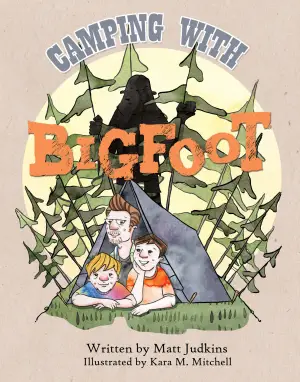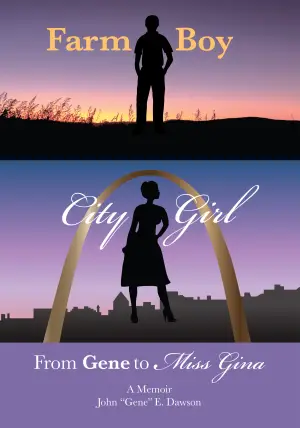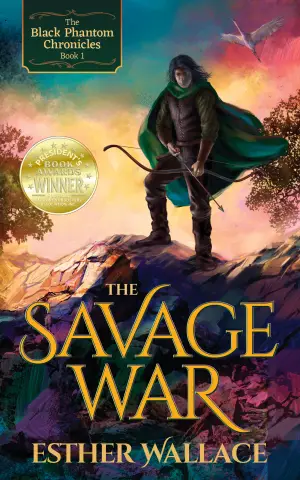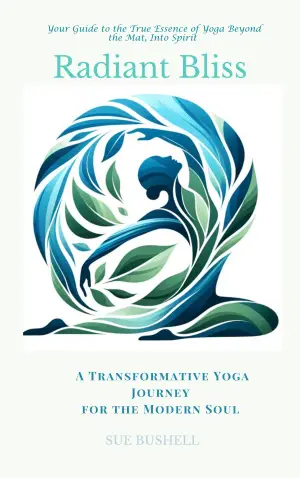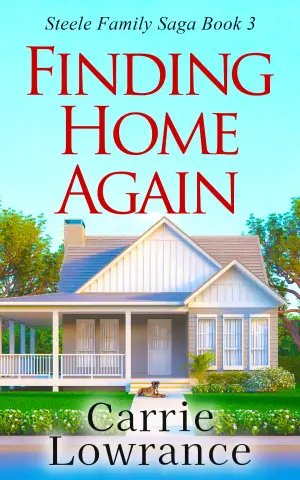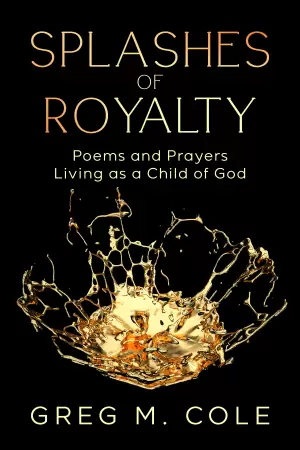Diving into the Mystery: A Reflection on The Cuckoo’s Calling
When I first heard that J.K. Rowling had penned a novel under the pseudonym Robert Galbraith, my curiosity was piqued. Much like the thrill of uncovering a hidden gem in a well-loved bookstore, I felt a twinge of excitement—a blend of nostalgia and intrigue. Rowling, the architect of the magical world of Harry Potter, had returned to explore a grittier, murkier realm in The Cuckoo’s Calling. A departure from dragons and wands, I was eager to see if she could capture the suspense of a classic mystery.
At its core, The Cuckoo’s Calling is a tale steeped in the complexities of human nature and societal dynamics, wrapped around the mysterious death of supermodel Lula Landry. The protagonist, Cormoran Strike, a down-and-out private investigator, is drawn into this web of secrets and deception. In an era where “everyone is a suspect,” Rowling deftly challenges our instincts, inviting us to ponder not just who killed Lula, but why. It’s rich with themes of class disparity and the stark realities of fame, making it a fresh canvas for her storytelling prowess.
Strike, a fascinating blend of vulnerability and grit, has quickly won my affection. His relationship with Robin Ellacott, his temp-turned-assistant, is touching and well-drawn, striking a balance between professionalism and the keen undercurrents of a budding friendship. This dynamic feels organic and nuanced, bursting with potential for future installments. Rowling showcases real talent in weaving backstories that resonate; I found myself invested in their platonic relationship, rooted in mutual respect and kindness.
As I turned the pages, I was equally captivated by Rowling’s distinctive writing style. Her prose glides with a Dickensian flair, brimming with vivid imagery and richly crafted dialogue. At times, it drew my attention away from the central mystery, yet the elegance of her language kept me enchanted. The pacing, while deliberate, serves to build anticipation—a masterful technique for a reader like me, who relishes the slow unfolding of secrets.
One memorable highlight is when Strike reflects on the “loudness of silence” surrounding the high-society characters, a reminder of the masks people wear. This insight struck a chord with me, resonating long after I closed the book. It’s a testament to Rowling’s skill: she captures not just the external turmoil, but the internal struggles of her characters.
For those searching for a gripping mystery that also delves into the intricacies of human connections, The Cuckoo’s Calling is an excellent choice. It may not reach the epic breadth of the Harry Potter series, but it does showcase Rowling’s deftness in plotting and character development, offering us a fully realized, albeit flawed, portrait of contemporary life. While I yearn for her return to fantasy or science fiction, I find myself grateful for this foray into mystery. It certainly rekindles my excitement for what’s to come in her future works.
Ultimately, reading The Cuckoo’s Calling was not just a journey through a tightly woven plot; it was an exploration of the darker corners of human experience. I can only hope that whether you are a devoted Rowling fan or a clandestine mystery lover, you will find something to be intrigued by in this clever narrative.
Discover more about The Cuckoo’s Calling (Cormoran Strike, #1) on GoodReads >>


